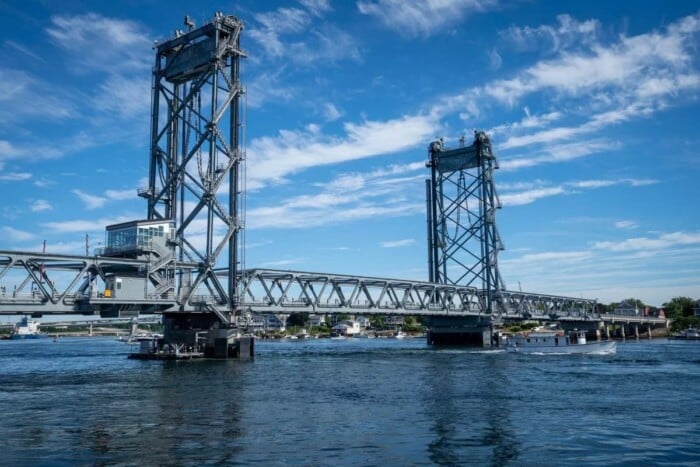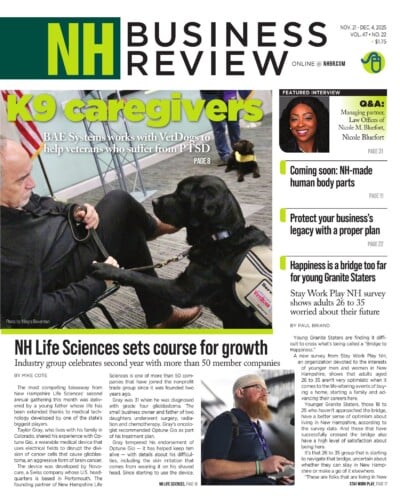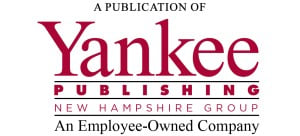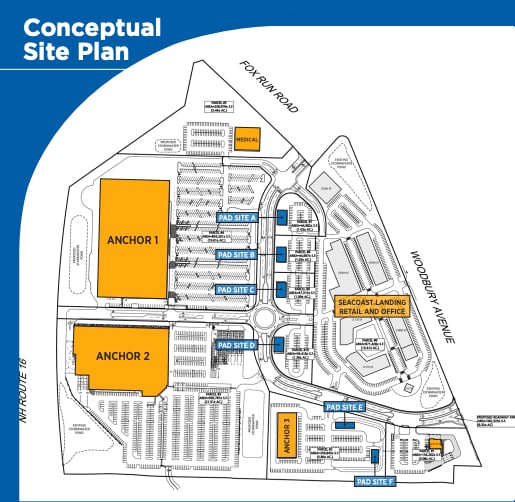
New Hampshire’s coastline may stretch just 18 miles, but its economic impact reaches far beyond the shore. From traditional industries to cutting-edge innovation, the state’s coastal economy is a dynamic blend of heritage, ingenuity and opportunity.
When most people picture New Hampshire’s coast, they think of beaches, seafood and summer tourism. While coastal recreation and tourism are vital — supporting 6,390 jobs and contributing over half a billion dollars to the coastal economy in 2021 — they are only part of the story.
A healthy coastal environment underpins not just tourism, but the Seacoast’s broader economic vitality. As Portsmouth’s Economic Development Director Sean Clancy notes, “the City’s identity as an arts and culture hub, an economic hub, a dining hub, and a tourism hub is deeply rooted in its maritime history. The City’s connection to the coast has long shaped its character and laid the groundwork for the vibrant community we see today.”
A hidden industrial powerhouse
Beyond the boardwalks and boat tours lies a robust marine industrial, transportation and manufacturing sector. Global companies like SubCom — which engineers, manufactures and installs subsea fiber optic data cables around the world — anchors the working waterfront, alongside traditional fisheries and leading energy, minerals and transportation firms.
They are joined by manufacturers driving marine innovation: C3I builds communications and control systems for Navy and commercial vessels; Cirtronics produces electronics for marine robotics and sensors; Jewell Instruments makes precision navigation and motion sensors; and Teledyne develops autonomous underwater vehicles and subsea connectors.
Engineering and design firms including Appledore Marine Engineering, Hydrocomp, Normandeau Associates, and Weston & Sampson further round out the marine-dependent economy. Together, these businesses support global supply chains, create high-skill jobs and contribute to the region’s economic resilience.
The Market Street Terminal in Portsmouth, maintained by the NH Division of Ports and Harbor, is a bulk cargo terminal that’s uniquely suited in the region for moving large equipment and aggregate materials. It also serves as critical overflow for other facilities, including the Portsmouth Naval Shipyard. Infrastructure improvements, including dredging and bridge upgrades, have made the river more navigable and attractive to maritime businesses.
“There’s a massive working waterfront on the New Hampshire side of the Piscataqua River most people don’t see,” Clancy says. “Manufacturing and cargo movement happen every day, and there’s room to explore redevelopment in parts of the waterfront.”
Innovation anchored in place
New Hampshire’s coast fuels more than recreation and tourism, it drives innovation. Researchers and businesses are advancing technologies like ocean mapping and autonomous underwater vehicles, improving aquaculture and wild harvest practices, and strengthening coastal resilience.

UNH’s autonomous surface vessel (ASV) DriX works alongside the Ocean Exploration Trust’s E/V Nautilus for a seafloor mapping expedition.
These breakthroughs emerge through close collaboration among industry, government, and public and nonprofit research institutions, all leveraging cutting-edge facilities and workforce development initiatives to deliver lasting impact.
“Coastal New Hampshire has become a hub for ocean mapping and science innovation, thanks to the unique collaboration of UNH, NOAA and over 60 industry partners,” says Andy Armstrong, National Oceanic and Atmospheric Administration (NOAA) co-director of the Joint Hydrographic Center at UNH and director of the NOAA Center of Excellence for Operational Ocean and Great Lakes Mapping. “That partnership will be a powerful driver for the maritime economy.”
Clustering for growth
Looking ahead, there’s strong potential for industry clustering, when businesses, research institutions and supporting organizations in the same field intentionally locate near one another, building connections that spark investment, coordination and shared expertise. This concentration creates a multiplier effect for economic growth.
It’s a model already proving successful in sectors like advanced manufacturing and biofabrication, and it could be transformative for New Hampshire’s coastal and marine-dependent economy. With a distinctive mix of assets, the region is well positioned to pursue strategic specialization, drawing on approaches to marine economy development already pioneered in states such as Maine, Mississippi and North Carolina.
The New Hampshire Advantage
What sets New Hampshire’s coast apart is its unique ability to blend tradition with innovation, and local character with global reach. From Gundalow cruises that honor maritime history, to cutting-edge marine robotics startups and the movement of bulk cargo that drives international trade, the coastal and marine economy is thriving, often in ways that fly under the radar.
The next time you think of New Hampshire’s coast, picture more than beaches and seafood. There’s a lot more than many people realize, and even more to come.
Nate Bernitz, MPA, is a community and economic development field specialist with UNH Cooperative Extension. Lindsey Williams, Ph.D., is a social scientist and program administrator with NH Sea Grant based at the University of New Hampshire.















